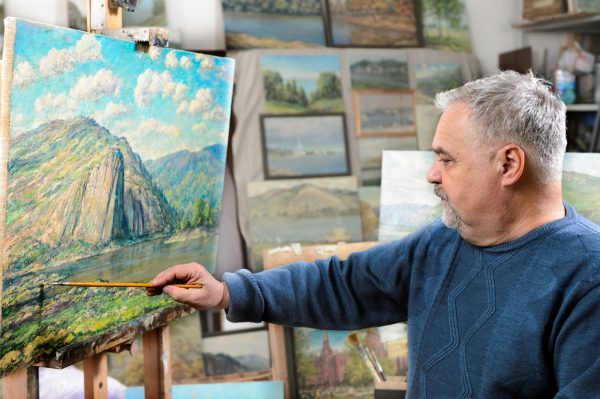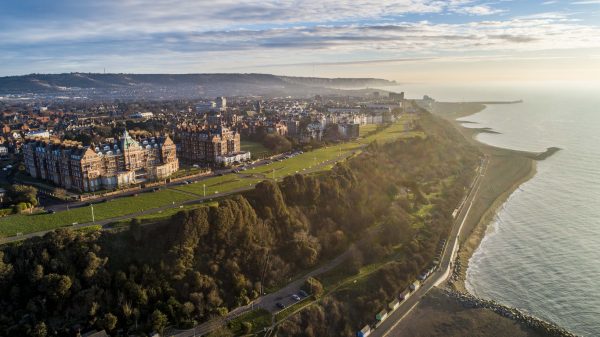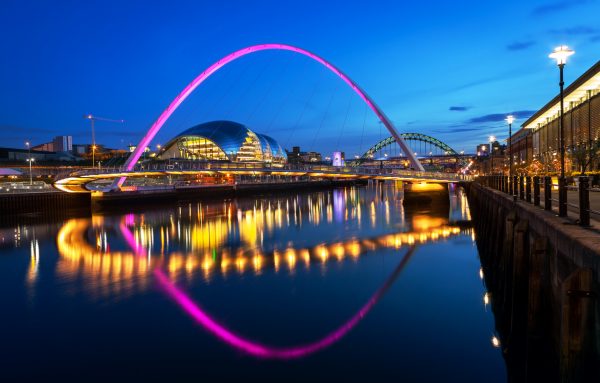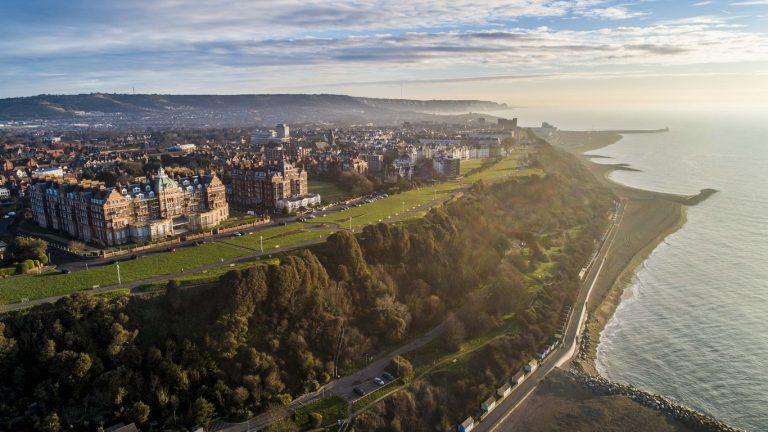Many of those today who aspire to a sustainable artistic practice, or already have a long history of precisely that, have found themselves confronted with a major dilemma as London, New York and other more obvious art capitals have become gentrified and rents have been pushed up.

As many opportunities as such heaving metropolises undoubtedly afford, artists need to eat, sleep and — often — afford studio space, which is becoming difficult to achieve in these more obvious cities.
Of course, there are all kinds of other reasons why you may base yourself as an artist outside an obvious art capital — from family and friend ties to educational or career opportunities.
Here are the best ways to stay motivated and productive as an artist ‘in the provinces’ and avoid that feeling of isolation that stifles even the most determined and ambitious practitioners.
Choose somewhere with strong art-capital connections

Should leaving London necessitate your exit to a remote shed in the Lake District? Not always. Those who may have otherwise aspired to practice in London may opt for only slightly further-flung locations like Thurrock and Folkestone, where DIY arts scenes are emerging in which artists can afford to rent studio space while also more easily standing out from the competition.
Such locations also give creative practitioners the luxury of keeping in close physical contact with the art scene of the nearby art capital, encompassing art fairs, commercial and public galleries, exhibition opportunities and the bulk of the actual art market.
However, even if you are unable to base yourself closer to an art capital, you won’t necessarily feel isolated from stimulating and lucrative cultural activity. British cities like Newcastle-upon-Tyne, Leeds, Bristol and Birmingham have all become known for their grassroots scenes in recent years, with many artist-led organisations offering affordable studio space in locations with strong transport connections that place them just a few hours away from London.

Work with the strengths of your locality
If you are an artist who wishes you were based in a more obvious art capital, only to be limited in your choices by very real physical constraints, it is worth researching the many advantages and resources that are likely to characterise your home area.
Right across the UK and beyond, in even the unlikeliest cities, towns and villages, there are opportunities to build a profile, access regional funding, hold or attend workshops and seminars, host or take advantage of exhibition opportunities and produce artwork.
Naturally, there are certain things that the ‘provinces’ — however much you may wish otherwise — simply cannot offer compared to conventional art capitals, not least their sheer energy and professional and financial opportunities. Many artists based away from art capitals complain about a lack of consistent, paid work and a limited audience.

All of this gives you so much more reason to maintain the strongest connections that you can with art capitals, whether that involves securing formal gallery representation in such places or merely visiting regularly or submitting your work for exhibition opportunities in the locations that you consider to represent your ‘market’.
Other considerations if you are based further afield
Remember that when you are deciding where to base yourself as an artist, the decision will come down to more than what would theoretically best suit your artistic practice — there are also lifestyle factors to consider, while even living in the heart of an art capital will not guarantee professional success.
As an artist based outside a major art capital, there will undoubtedly be drawbacks in terms of the depth and quality of the connections that you can make and the opportunities that are immediately available to you.
While establishing a profitable practice as an artist ‘in the provinces’ is by no means impossible, and may even be easier in some ways, your success will inevitably depend on making the most of all local resources and working within the limitations of your locality.
Why now may be the era of the ‘remote’ artist

Should you feel dispirited by all of the above, don’t forget that where you are based as an artist doesn’t necessarily need to be your market.
Furthermore, the internet and other modern means of communication have served to make the art world much smaller and easier to keep in touch with than was once the case. Certainly, a strong online profile will do much to help you thrive as an artist in a smaller community.
Indeed, with more and more artists being displaced by ever-more expensive traditional art capitals into parts of the country that offer cheaper living costs, a better all-round quality of life and a freedom to truly experiment with and explore their craft, now might truly be the time of the provincial artist!
Related reading
Life after London: an interview with artist Jo Oakley
How major cities shape up for artists: London
How major cities shape up for artists: Madrid
How major cities shape up for artists: Berlin
This post was originally published in January 2016. Last updated in July 2021.







